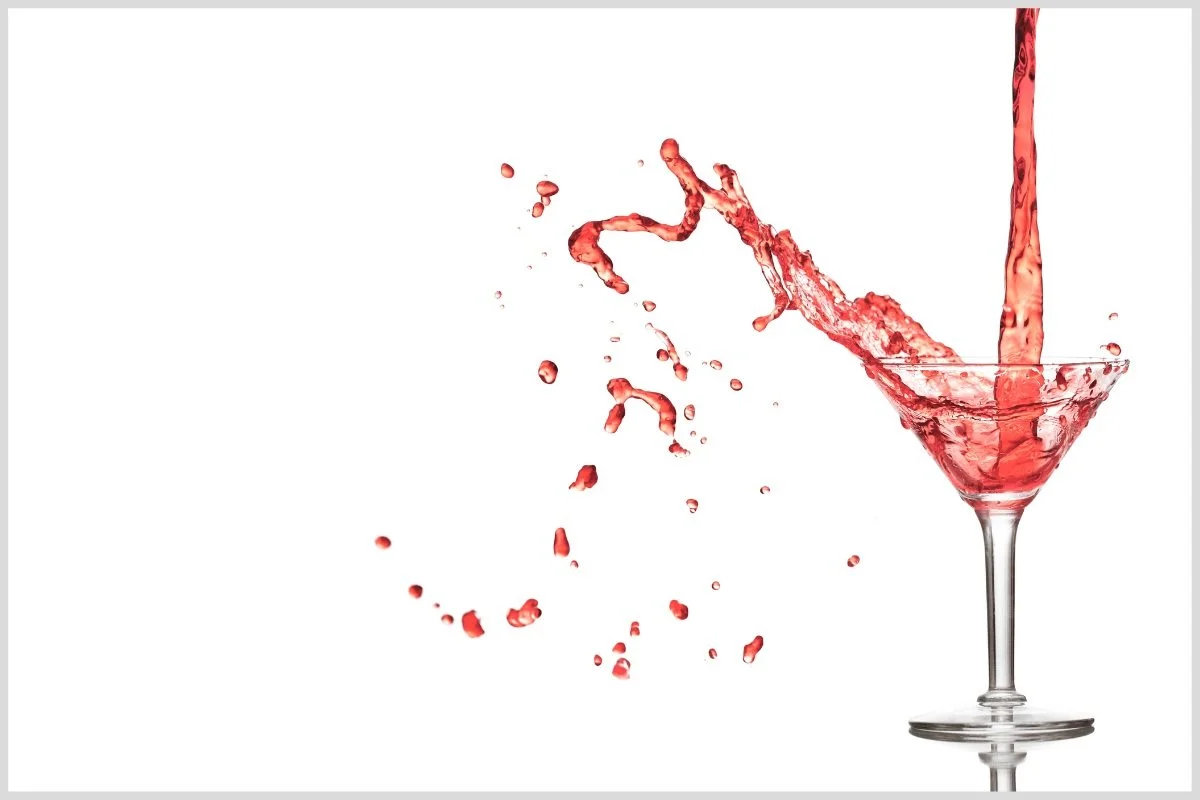Life Gets Messy When Anxiety and Substance Use Collide
We need more conversations about what happens when people try to medicate anxiety symptoms with alcohol, cannabis, or other substances. Things get messy. Substance use makes anxiety worse. And anxiety makes substance use worse. Much worse.
Anxiety is a normal and inevitable part of life for all of us. But for some, it becomes a much bigger and a more disruptive part of life. Some people experience such severe anxiety that it becomes unmanageable and it interferes with their lives in significant ways.
And things get messy when anxiety disorders and substance misuse collides.
SELF-MEDICATING ANXIETY DISORDERS
People use mood-altering substances like alcohol and cannabis to “manage” anxiety symptoms because they are effective at providing relief from the discomfort. These four types of anxiety disorders are most often self-medicated with substances:
Generalized Anxiety Disorder (GAD) involves persistent worry about everyday things that produces anxiety symptoms out of proportion to the actual source of worry. Those who experience GAD have so much anxiety about so many things it causes significant distress to the point of impacting their health, their relationships, and their daily functioning.
Social Anxiety or Social Phobia produces extreme anxiety in social situations. A person has an intense fear of being watched, judged negatively, or behaving in a way that embarrasses themselves. Those with social phobia tend to avoid social situations.
Panic Disorder consists of recurrent unexpected panic attacks. In-between panic attacks, a person with panic disorder worries excessively about when and where the next attack may occur.
Post-Traumatic Stress Disorder (PTSD) can occur after someone has experienced a traumatic event and they continue to have symptoms related to the traumatic experiences long after the threatening situation is over. Although PTSD is no longer considered to be an anxiety disorder, it shares similar symptoms and negative impacts from substance use.
Stats to Consider
The odds of being diagnosed with an addiction to alcohol are 2-4 times greater for people who have an anxiety disorder than those without.
For people with both an anxiety disorder and substance use disorder, the anxiety disorder came first 77% of the time.
Anxiety Disorders Speed Up Addiction
Those with an anxiety disorder who became dependent on alcohol reached the worst point in their addiction an average of 6 years younger than those without an anxiety disorder.
People with anxiety disorders moved through the milestones associated with alcohol addiction much quicker than those without.
The amount of time between first drink and the first time they got drunk was faster.
The amount of time to reach the point of regular drinking was also quicker.
Having an anxiety disorder likely prepares the brain for rapid development of alcohol dependence once alcohol use is introduced and used regularly.
Generalized Anxiety Disorder
People who experienced Generalized Anxiety Disorder have the highest rate of self-medication among anxiety disorders. Almost 36% of those with GAD also have substance use disorders.
One reason for the increased use of substances to cope with GAD is because there is no specific thing or situation to avoid. Generalized anxiety can create worry for just about anything which is much more difficult to cope with than an identifiable source of stress.
Without the option to avoid something specific, mood-altering with substances can become a preferred way to cope.
Social Anxiety or Social Phobia
About 28% of people with social anxiety disorder will also develop an alcohol use disorder sometime in their lives. That percentage is more than double the rate of alcohol addiction in the general population which is about 13%.
Social anxiety, substance use, and adolescence is a dangerous combination. For the vast majority of people who develop a substance addiction, the problem started in their teens – a time when friendships and dating naturally become important.
People with social anxiety believe substances help them have a better time socializing - alcohol makes them funnier, more relaxed and more able to interact in social settings. That sounds appealing for teens and young adults who want to socialize but feel unable to because of their anxiety.
Social anxiety increases the impact of peer pressure and the fear of being judged by peers, especially in situations where alcohol is being consumed. A socially anxious teen is more likely to consume alcohol to avoid negative judgement from their friends who are drinking.
Often, people who are socially anxious find it difficult to regulate the negative emotions that arise in difficult social interactions – so substances become a way of “managing” the feelings that arise out of conflict with another person. Or using them helps to turn down feelings of sadness, shame, or fear of judgement that might be triggered by a specific social event.
Medicating social anxiety with substances can seem like a good idea to help make connecting with others possible, but it certainly comes with a cost.
Panic Disorder
Panic disorders and substance addictions often occur together – between 25-37% of adults with it will become dependent on alcohol in their lifetime.
People with panic disorders smoke more, drink alcohol more frequently, and experience more severe withdrawal symptoms when they stop drinking alcohol.
For some people, cannabis use increases their risk of having panic attacks especially if they already experience elevated levels of anxiety.
Substance use, as well as withdrawal from substances, can create symptoms similar to those experienced during a panic attack such as increased heart rate, sweating, chills, and shallow breathing. These uncomfortable bodily sensations may then trigger anxiety leading to a full-blown panic attack.
Alcohol is often used by people with panic disorder as a way of turning down their startle response or reactivity to unpredictable sources of threat. It also decreases the worry about having a panic attack.
Post-Traumatic Stress Disorder (PTSD)
The percentage of people diagnosed with PTSD throughout their lifetime is around 7%. Among those in treatment for substance addiction, between 36-50% of them experience the symptoms of PTSD.
Dr Edward Khantzian, a Harvard Medical School researcher, developed the self-medication hypothesis of substance abuse. His research demonstrates that people with PTSD are four times more likely to develop problems with substance abuse than those without.
A history of childhood trauma leads to using substances at an earlier age as well as leading to greater substance abuse overall.
Trauma research shows that people with PTSD or unresolved trauma symptoms have a stress-response system that stays on high-alert making them more reactive to sources of threat or stress.
The self-medication hypothesis suggests that people with PTSD use alcohol, cannabis, opioids, and sedatives to turn down their response to trauma triggers.
SUBSTANCE USE MAKES BOTH DISORDERS WORSE
Once someone has both an anxiety disorder as well as a substance addiction, a vicious cycle sets in. They typically maintain each other in a process known as mutual maintenance.
Research shows that prolonged alcohol use leads to increased anxiety. For example, when people use substances like alcohol or cannabis to “take the edge off” trauma symptoms like increased startle response, nightmares, insomnia, or emotional triggers, those symptoms return once the substance is worn off – and often the symptoms are worse. This sets someone up for increased substance use to manage the increase in anxiety symptoms which creates that vicious cycle where each problem maintains and escalates the other.
There is another opportunity for increased anxiety when someone is withdrawing from alcohol use. Alcohol withdrawal often results in an increase in the physical symptoms of anxiety and panic.
This can make people with anxiety disorders more sensitive to the physical sensations associated with withdrawal from alcohol. And this leads to continued drinking to avoid the uncomfortable sensations.
Want to learn more about the connection between anxiety and addiction?
I have an article that provides a more in-depth look at how our nervous system functions in ways that can set the stage for substance misuse and addiction disorders.
The Vortex Model of Addiction is model that helps us understand how our nervous system responds to anxiety and traumatic experiences as well as the process of addiction. It also speaks to the journey of healing and the process of recovery.


